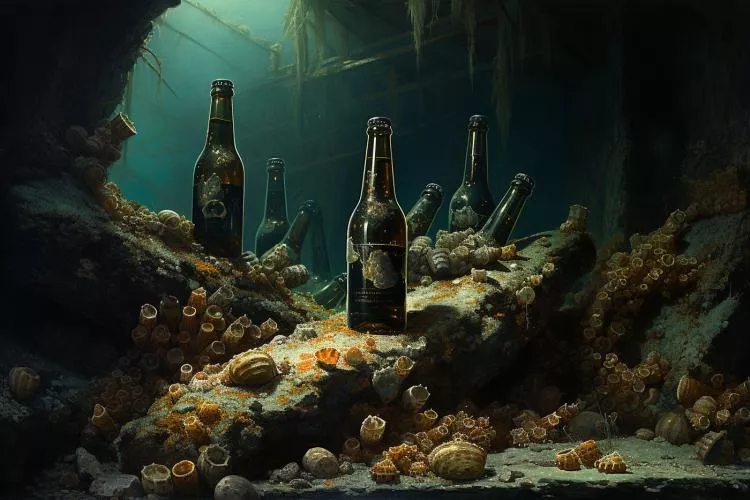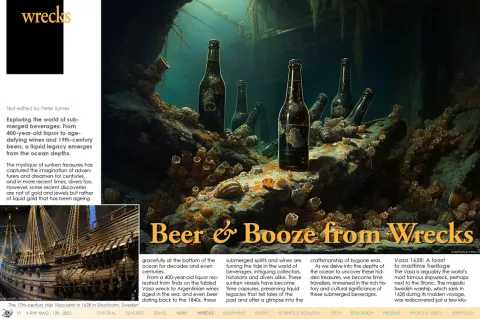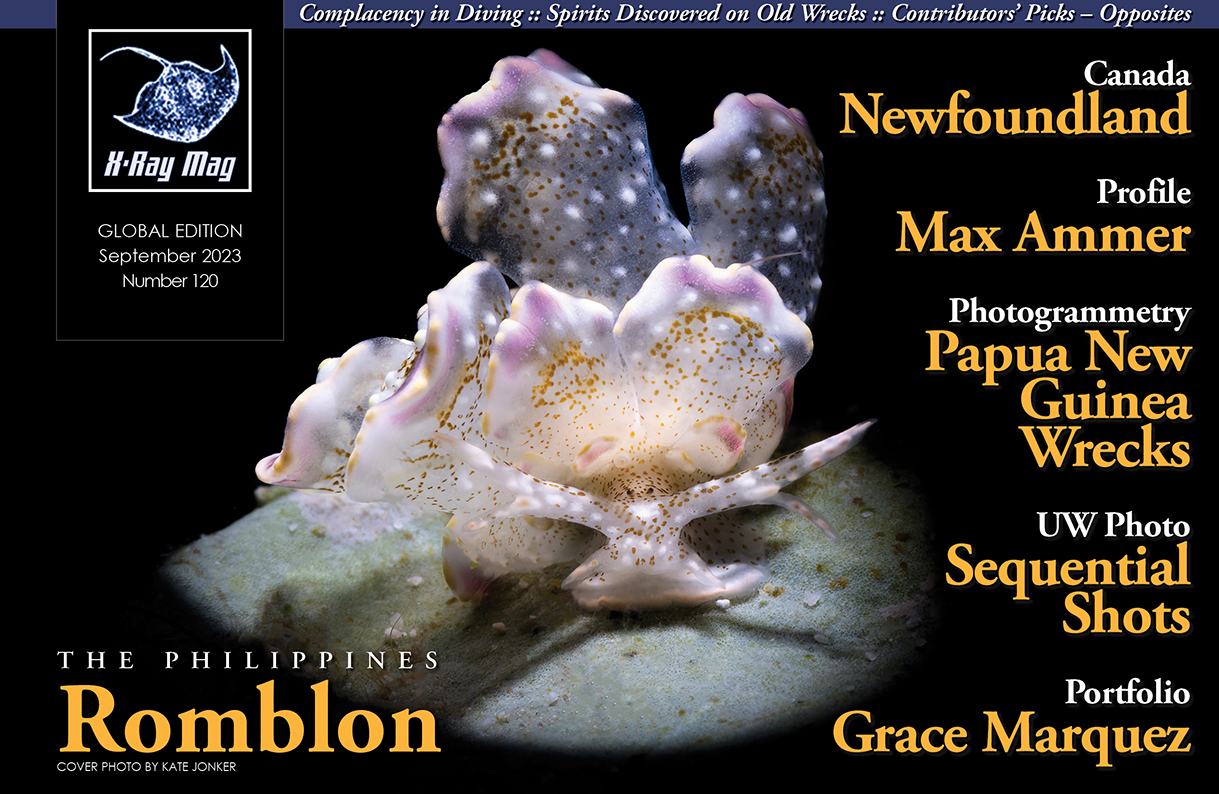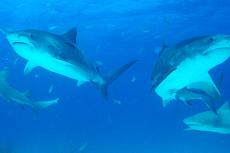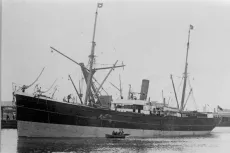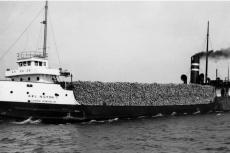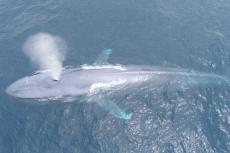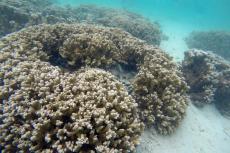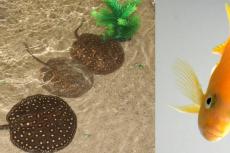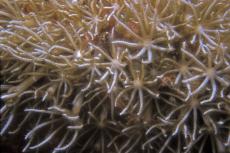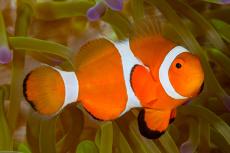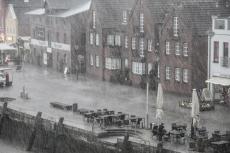Exploring the world of submerged beverages: From 400-year-old liquor to age-defying wines and 19th-century beers, a liquid legacy emerges from the ocean depths.
Contributed by
The mystique of sunken treasures has captured the imagination of adventurers and dreamers for centuries, and in more recent times, divers too. However, some recent discoveries are not of gold and jewels but rather of liquid gold that has been ageing gracefully at the bottom of the ocean for decades and even centuries.
From a 400-year-old liquor recreated from finds on the fabled Vasa wreck to Argentinian wines aged in the sea, and even beer dating back to the 1840s, these submerged spirits and wines are turning the tide in the world of beverages, intriguing collectors, historians and divers alike. These sunken vessels have become time capsules, preserving liquid legacies that tell tales of the past and offer a glimpse into the craftsmanship of bygone eras.
As we delve into the depths of the ocean to uncover these hidden treasures, we become time travellers, immersed in the rich history and cultural significance of these submerged beverages.
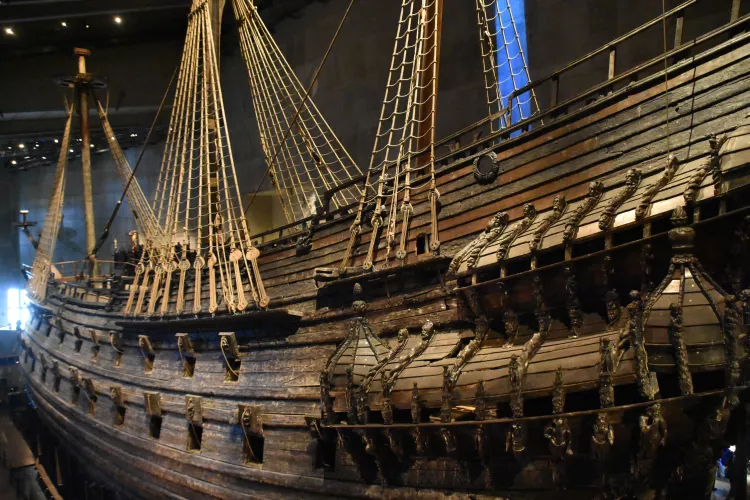
Vasa 1628: A toast to maritime heritage
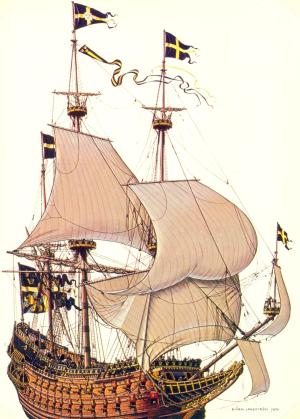
The Vasa is arguably the world’s most famous shipwreck, perhaps next to the Titanic. The majestic Swedish warship, which sank in 1628 during its maiden voyage, was rediscovered just a few kilometres outside Stockholm’s old city centre in 1961, raised and put on display in its own museum. The Vasa has since become one of Sweden’s most visited tourist attractions and an invaluable source for marine archaeological research.
Amidst the well-preserved remains of this 17th-century marvel, researchers made an astonishing discovery—a unique alcoholic beverage. This ancient liquor provides a rare window into the drinking habits of sailors and offers an intimate connection to the maritime culture of the era. As historians and enthusiasts delve deeper into the Vasa’s legacy, they unlock the secrets of this liquid treasure, painting a vivid picture of life at sea in the distant past.
Cognac from the Baltic abyss
Another liquor was discovered in the Baltic Sea in 2012 by Finnish divers. The 220-tonne Swedish steamship Kyros was carrying hundreds of bottles of cognac and liqueurs when it was torpedoed by a German U-boat on 19 May 1917. According to the Finnish media Yle, the wreck’s location remained a well-kept secret for decades, until recent times when divers uncovered bottles of well-aged cognac on the wreck, which rests at a depth of around 80 metres.
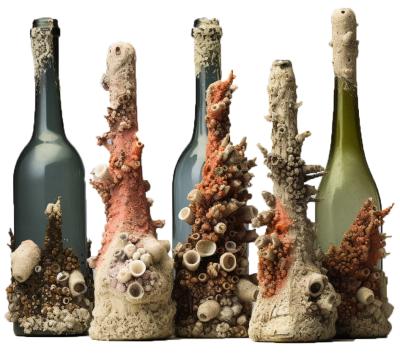
With each bottle containing a timeless liquor, offering a tantalising glimpse into the past, evoking the spirit of an earlier era and the allure of long-lost voyages. As the veil of history is lifted, the story of this precious cognac continues to captivate the imaginations of enthusiasts and historians alike.
Champagne from the Baltic
Another shipwreck in the Baltic Sea, which came to be known among divers as the “Champagne wreck,” revealed a treasure trove of 170-year-old champagne bottles. One hundred sixty-eight bottles were found 50m beneath the Baltic Sea in July 2010, several of them unusually well-preserved due to the stable, cold and dark conditions. Forty-seven of the 168 bottles in the wreck contained Veuve Clicquot, one of the most famous and coveted champagnes. According to records, Clicquot champagne was first produced in 1772. The bottles are alleged to have been destined for the court of the Russian czar.
Reports from BBC, Decanter and Smithsonian Magazine highlighted the excitement surrounding this discovery. Auctioned at record prices, the vintage champagne’s rarity and allure captivated enthusiasts and collectors worldwide.
American whiskey from a 170-year-old shipwreck
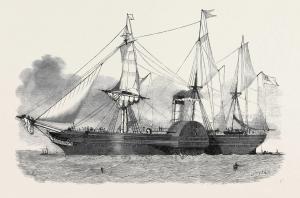
Yet another 170-year-old shipwreck holds an invaluable treasure of American whiskey. This sunken vessel, a passenger steamer called The Westmoreland, which foundered in the frigid waters of northern Lake Michigan in 1854 and was since forgotten, has become a repository of golden spirits, with barrels of well-preserved whiskey lying untouched for generations. These well-preserved bottles provide a glimpse into the past, immersing collectors and historians in the stories of the 1800s.
The allure of this find extends well beyond its monetary worth, as experts speculate that the whiskey’s ageing process underwater might have bestowed upon it unique and sought-after flavours. Those fortunate enough to experience a sip of this liquid time capsule are transported back to the 19th century, savouring the essence of a bygone age with every drop. According to Forbes, this sunken treasure could be worth millions.
Glasgow’s tragic tale
A decanter of whisky was rescued by divers from the 130-year-old shipwreck of SS Wallachia that sank in the Firth of Clyde in 1895 while carrying a precious cargo of whisky and beer, which was thought to have been lost forever.
The excitement does not end with the discovery of submerged treasures; some of these historical beverages find their way to auction houses. A diver has been putting his find up for auction, including what is believed to be one of only two decanters of Wilkinson’s Famous Liqueur Whisky recovered from the wreck. “Reports from those who have been brave enough to sample these whiskies in the past range from ‘elegant and moving’ to an ‘utter abomination,’ suggesting that anyone looking to sample this 125-year-old amber nectar should tread carefully,” the Scotsman reported.
Oceanic wine maturation: The art of patience
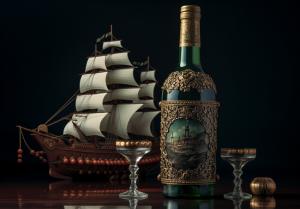
From Argentina to Australia, innovative wineries have delved into the art of oceanic wine maturation by storing their barrels or bottles of wine and beer in submerged cellars. The gentle rocking motion and consistent temperature variations underwater appear to offer a more stable environment for wine to evolve, leading to the refinement of its taste and texture. Winemakers embrace this method as an exciting way to enhance the complexity of their vintages and present wine enthusiasts with a one-of-a-kind sensory experience.
Wine enthusiasts indulging in these unique beverages are offered a taste of history, where the passage of time intertwines with the maritime elements. As the trend of underwater wine maturation gains momentum, wine enthusiasts worldwide eagerly anticipate the emergence of these sunken gems, where liquid alchemy marries with the enigmatic embrace of the sea.
The ocean’s cradle becomes a playground for viticulture, where wine enthusiasts savour wines enriched by the environment’s embrace.
Back in 2013, X-Ray Mag contributors Larry Cohen and Olga Torrey visited Casa Joncols in Spain on a dive trip where they sampled some of the local wine, which was matured under the sea. Dive centre staff submerged crates of young wine to a depth of 33ft (10m) in the Mediterranean Sea. After eight months, tastings and lab tests revealed that the underwater pressure indeed improved their maturation process. Vailet (white), ViDivi (red) and Escuturit Brut Cava (sparkling) were among the submerged wines, which matured faster within the ocean’s embrace. Now, exclusively served at Cala Joncols, these underwater-aged wines are offered at double the price. As a special treat for divers, Euro-Divers runs a thrilling scavenger hunt, granting the lucky finders a bottle from the sunken treasure.
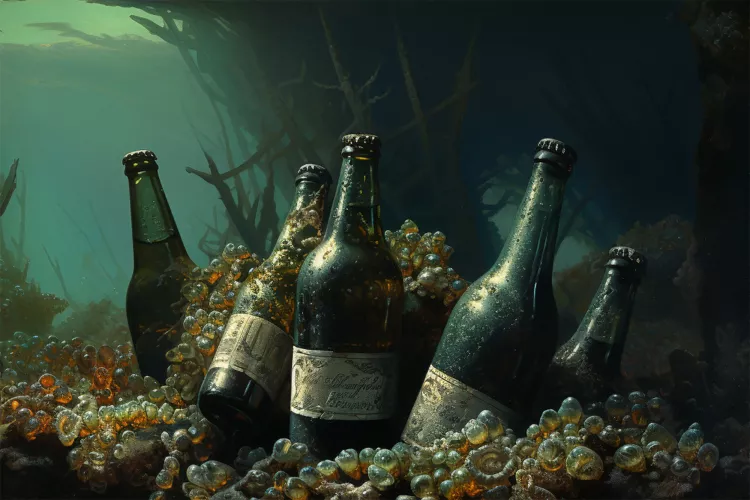
Wine matured in amphorae
In 2017, X-Ray Mag reported on the opening of another underwater winery, this time in Croatia. In the picturesque town of Drače, situated on the Pelješac peninsula about an hour north of Dubrovnik, lies the Edivo Vina winery. A unique and innovative approach to wine storage awaits visitors, as the winery submerges clay jugs, known as amphorae, in the depths of Mali Ston Bay. The wines rest underwater for one to two years, maturing at the bottom of the Adriatic Sea, before being ready for consumption.
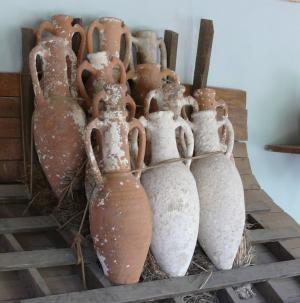
Before taking the plunge into the sea, the wines undergo initial above-ground ageing for three months. The brains behind this unconventional method are the owners of the winery, Ivo and Anto Šegovic, and Edi Bajurin. Inspired by ancient Greek practices, where amphoras were used to store wine, the trio aimed to infuse their wines with the delicate aroma of pinewood while safeguarding their quality, colour and aroma. Remarkably, the wines emerge from their aquatic sanctuary unscathed, offering an exceptional sensory experience to those who partake in their nautical journey.
Down under, Ocean Aged stands at the forefront of underwater wine maturation, inspired by the maritime heritage of Australia. In a delightful fusion of tradition and innovation, this boutique winery embraces the ocean’s wisdom to shape the character of its wines.
Authorities’ scrutiny of underwater wine
In a turn of events, X-Ray Mag also reported on US authorities scrutinising the practice of underwater wine maturation. As this approach gained popularity, regulatory bodies have raised concerns about the risk of contamination by the ingress of seawater as well as the possible impact on marine ecosystems. While winemakers continue experimenting with this unique ageing method, they must navigate the delicate balance between innovation, regulatory requirements and environmental preservation.
Ancient beers and shipwrecked yeasts
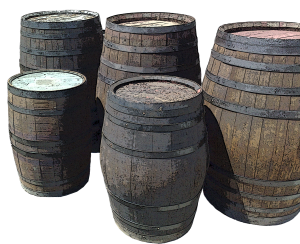
Diving into maritime history, experts have unearthed two fascinating tales of ancient shipwreck beers. The first discovery involves beer dating back 220 years, retrieved from the protected Historic Shipwreck Sydney Cove (1797) at Preservation Island, Tasmania, which is believed to be the world’s oldest surviving beer. The research team has isolated live yeast from the bottle contents and used it to brew beer using period recipes, revealing insights into historical brewing techniques, and offering enthusiasts a chance to taste beer of over two centuries ago.
Beer barrels were also found on the 1840s shipwreck, Wallachia, which resurfaced with well-preserved yeast, enticing brewers to resurrect centuries-old flavours. Notably, the shipwrecked yeasts are revolutionising modern brewing practices. Researchers believe these ancient microorganisms could alter beer’s taste and aroma, offering a distinctive and novel experience for beer lovers worldwide. As these beers of yore are carefully examined, brewers eagerly explore the potential of shipwrecked yeasts, inviting us to sip history in every brew.
Theft in the deep
Amidst the allure of submerged treasures, a cautionary tale of thievery also surfaced. In 2021, reports emerged that audacious thieves targeted a submerged cache of beer left ageing in barrels within a shipwreck and somehow made off with the sunken beverages. A reminder of the importance of preserving these liquid legacies, this incident highlights the need to safeguard these unique products.
Don’t drink and dive
On a concluding note, diving and alcohol do not mix. We advocate nothing of the sort. This article is merely intended as light-natured infotainment about interesting finds from historic shipwrecks and how the sea is occasionally being used to mature alcoholic beverages. Those of us who are both avid divers and who enjoy a good glass of wine for dinner, or collect fine spirits, may also find it interesting or fun to enjoy a beverage that has a relationship with the sea and diving.

